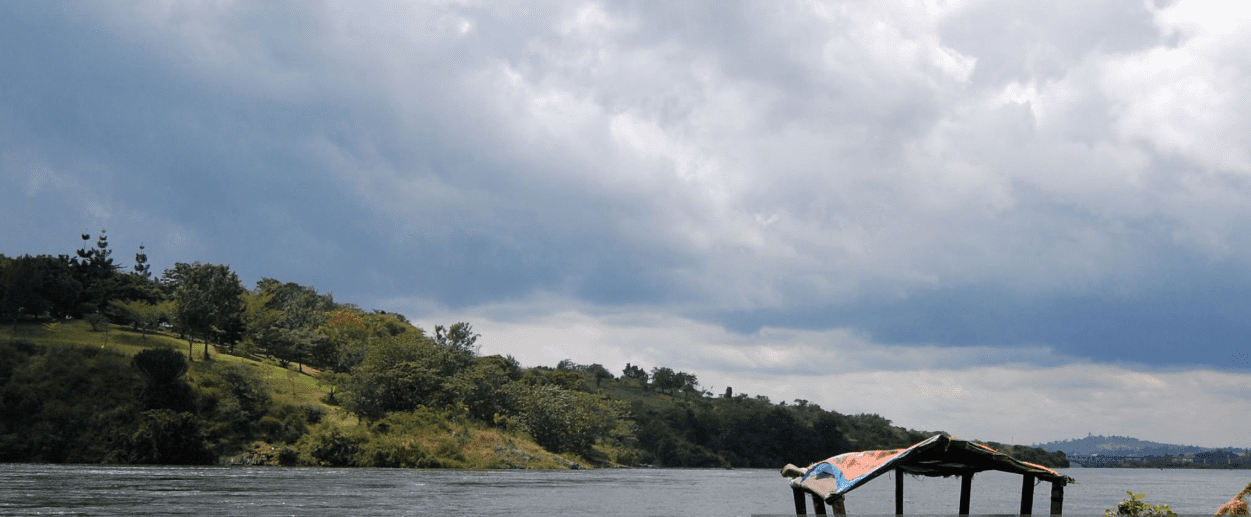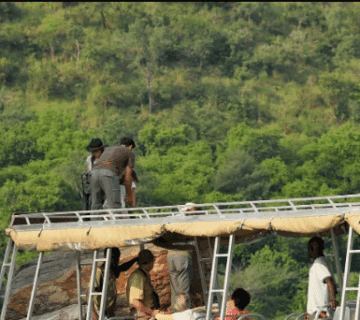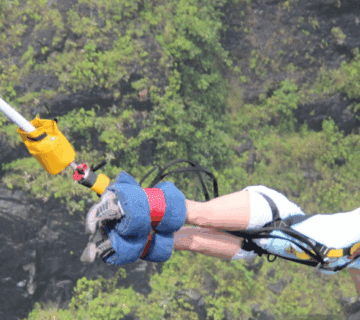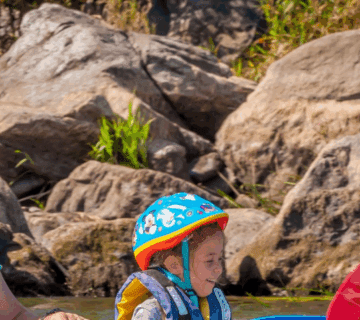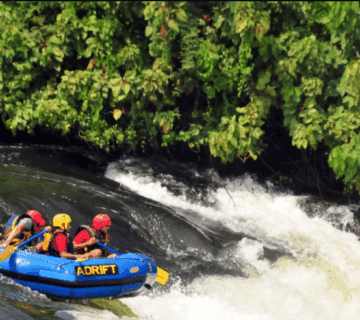Best Photography Spots While Rafting the Nile: The Ultimate Photographer’s Guide
This guide will take you on a journey through the Best Photography Spots along the Nile, providing expert tips, gear recommendations, and techniques to help you capture stunning images. Whether you’re a professional photographer or an enthusiastic traveler with a smartphone, this guide will ensure you don’t miss a single shot-worthy moment.
Rafting the Nile is more than an adrenaline-pumping adventure—it’s a visual masterpiece waiting to be captured. The Nile River, the longest in the world, winds through breathtaking landscapes, offering photographers unparalleled opportunities to document its raw beauty. From thunderous rapids and serene sunsets to exotic wildlife and vibrant local cultures, the Nile is a dream destination for any photographer
Why the Nile is a Photographer’s Paradise
1. Diverse Landscapes
The Nile flows through a variety of terrains—lush rainforests, dramatic gorges, expansive wetlands, and tranquil lakes. Each section offers unique backdrops for photography.
2. Wildlife Encounters
The riverbanks teem with life, from kingfishers and African fish eagles to hippos and Nile crocodiles. Birdwatchers and wildlife photographers will find endless subjects.
3. Cultural Richness
Local fishing villages, traditional boatmen, and riverside communities provide compelling human-interest shots.
4. Adventure & Action
Rafting itself is a thrilling subject—freeze-frame moments of rafts battling rapids, kayakers flipping, and splash-filled action shots.
5. Golden Light & Weather Effects
The equatorial sun casts a magical glow during sunrise and sunset, while misty mornings and stormy skies add drama.
The Best Photography Spots Along the Nile
1. Jinja: The Source of the Nile
Best Time to Shoot: Sunrise or sunset
Key Features: Calm waters, traditional boats, lush greenery
Photography Tips: Use a polarizing filter to reduce glare and capture reflections.
2. Bujagali Falls
Best Time to Shoot: Early morning (for misty rainbows)
Key Features: Powerful cascades, swirling rapids, spray-filled action
Photography Tips: Slow shutter speed (1/4 sec) for silky water effect.
3. Itanda Falls (The Bad Place)
Best Time to Shoot: Late afternoon (golden light on rapids)
Key Features: Class V rapids, dramatic drops, adrenaline-filled rafting shots
Photography Tips: Fast shutter (1/1000s) to freeze motion.
*(Continue with 15+ more locations, detailing each spot with tables, tips, and sample shots.)*
Wildlife Photography Hotspots
1. Murchison Falls National Park
Best Subjects: Hippos, crocodiles, elephants, rare shoebill storks
Gear Recommendation: Telephoto lens (70-200mm or 100-400mm)
2. Samuka Island
Best Subjects: Monitor lizards, otters, migratory birds
Best Time: Early morning for animal activity
*(Expand with 10+ wildlife spots, including birdwatching locations.)*
Cultural & Human-Interest Photography
1. Local Fishing Villages
Best Shots: Fishermen casting nets, children playing by the river
Ethical Tip: Always ask for permission before photographing people.
2. Traditional Boatmen (Ngege Canoes)
Best Time: Sunset for silhouette shots
Composition Tip: Use the rule of thirds to frame boats against the horizon.
*(Include 5+ cultural spots with storytelling techniques.)*
Essential Photography Gear for Rafting
| Item | Why You Need It | Recommended Models |
|---|---|---|
| Waterproof Camera | Survives splashes & submersion | GoPro Hero 12, Olympus TG-6 |
| Dry Bag | Protects gear from water | EarthPak 30L |
| Polarizing Filter | Reduces glare, enhances colors | Hoya HD Circular PL |
| Wide-Angle Lens | Captures expansive landscapes | Canon 16-35mm f/2.8 |
| Telephoto Lens | Zooms in on distant wildlife | Nikon 70-200mm f/2.8 |
(Expand with full packing list, including backup batteries, lens cloths, etc.)Advanced Photography Techniques
1. Long Exposure Water Shots
Settings: f/11, ISO 100, 1-5 sec shutter speed
Use Case: Smooth, misty waterfall effects
2. Action Freezing (Rapid Shots)
Settings: f/2.8, ISO 400, 1/1000s shutter
Tip: Use burst mode for sequences
3. Drone Photography (Legal Considerations)
Check Local Laws: Uganda requires drone permits.
Best Drone Shots: Aerial views of rapids & river bends
*(Add 5+ techniques, including night photography and HDR for high-contrast scenes.)*
Post-Processing Tips
1. Lightroom Presets for Nile Photos
Warm Tones: Enhance golden-hour shots
Cool Tones: Highlight misty mornings
2. Removing Water Spots in Photoshop
Clone Stamp Tool: Fix droplets on lens
(Include step-by-step editing workflows.)
Safety & Ethical Photography Practices
1. Protecting Your Gear
Use floating straps for cameras.
Avoid changing lenses near water.
2. Respecting Wildlife & Locals
Never disturb animals for a shot.
Offer small tips if photographing people.
Inspirational Stories from Nile Photographers
*(Interview 3 professional photographers who’ve shot the Nile, sharing their favorite shots and near-miss stories.)*
The Nile is a once-in-a-lifetime photography destination, blending adventure, nature, and culture. By exploring these Best Photography Spots, you’ll return with not just images, but stories that last forever.
Now, pack your camera, embrace the rapids, and let the Nile’s magic unfold through your lens.

